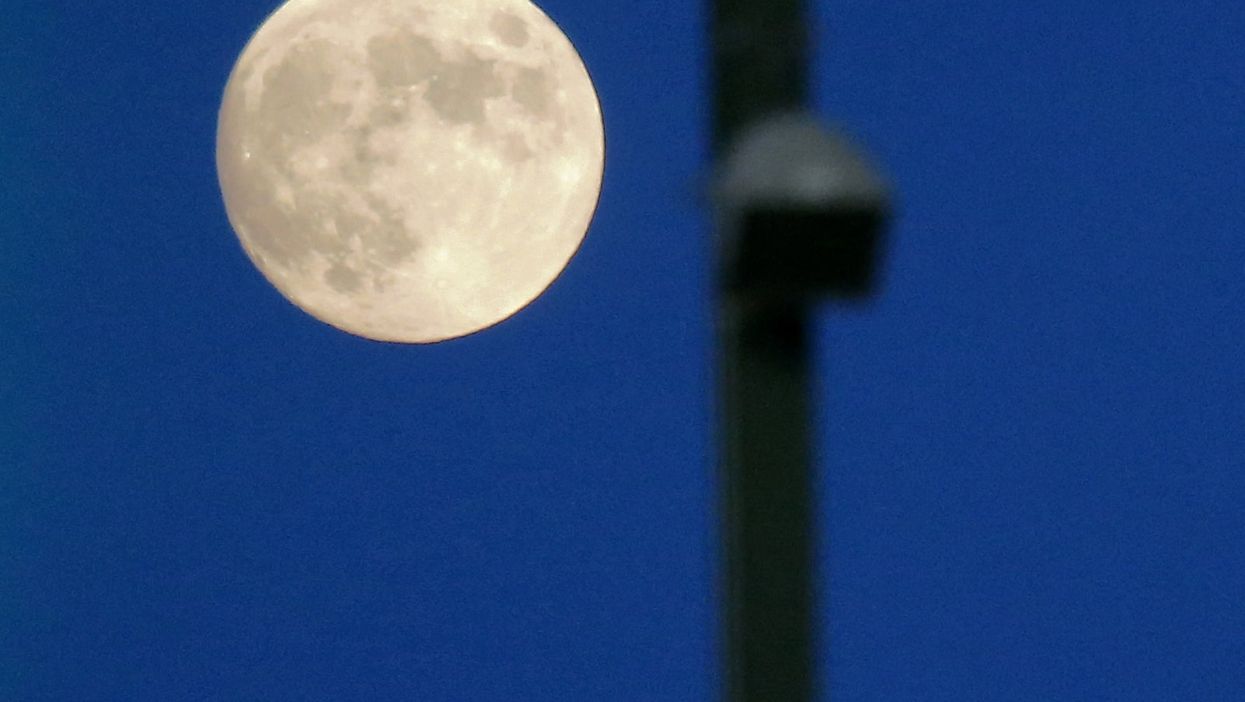Breanna Robinson
Jan 17, 2022
A full moon will rise tonight - and this one has a rather special name.
It’s known as a Wolf Moon or Ice Moon, and will appear as Martin Luther King Jr Day draws to a close.
Here’s everything you need to know about it, and what time you can see it.
What time can you see this full moon?
According to Live Science, this full moon, which happens to be the first of 2022, is set to rise at 6:48 pm EST.
For those in “West Central Africa and Central European Time Zones eastward across the rest of Africa, Eurasia, and Australia to the International Date Line,” this will be on Tuesday.
January 17 is also when the US observes the birthday of civil rights legend Martin Luther King, Jr.
How long will this full moon last?
In a report from NASA, it will appear from Sunday evening, January 16, to Wednesday morning, January 19.
Does this full moon have other names?
In the Farmer’s Almanac, it’s called the “Wolf Moon,” but for this time of year, January’s full moon is also considered the Ice Moon.
Within Europe, the moon might be revered as “the moon after Yule,” a reference to the pre-Christian festival of Yule, historically observed by Germanic people.
As for the Chinese Lunar calendar, January’s full moon will bring in the final weeks of the Year of the Ox.
The subsequent new moon, which is on February 1, is the beginning of the Year of the Tiger.
What else is there to know about this Full Moon?
This full moon also passes close to the moon’s apogee, the point in its slightly elliptical orbit where it is farthest from Earth.
According to NASA, apogee occurred on January 14, 2022, at 4:27 pm EST. The moon is around 405,000 kilometers from Earth at apogee.
With the passage of the winter solstice, the shortest day of the year, the days gradually increase, but there are still possibilities to see the full moon gleam.
According to NASA, evening twilight will cease around 6:14 pm EST on the day the full moon rises, setting the stage for a magnificent moonrise a half-hour later.
The bright star Pollux, which belongs to the constellation Gemini, will be observable near the full moon.
Additionally, onlookers in North America will also have the opportunity to see Jupiter above the southwestern horizon.
There might also be a chance to catch a brief look at Saturn, which will reportedly barely peak over the horizon after Jupiter for roughly 15 minutes as twilight comes to a close.
Top 100
The Conversation (0)














